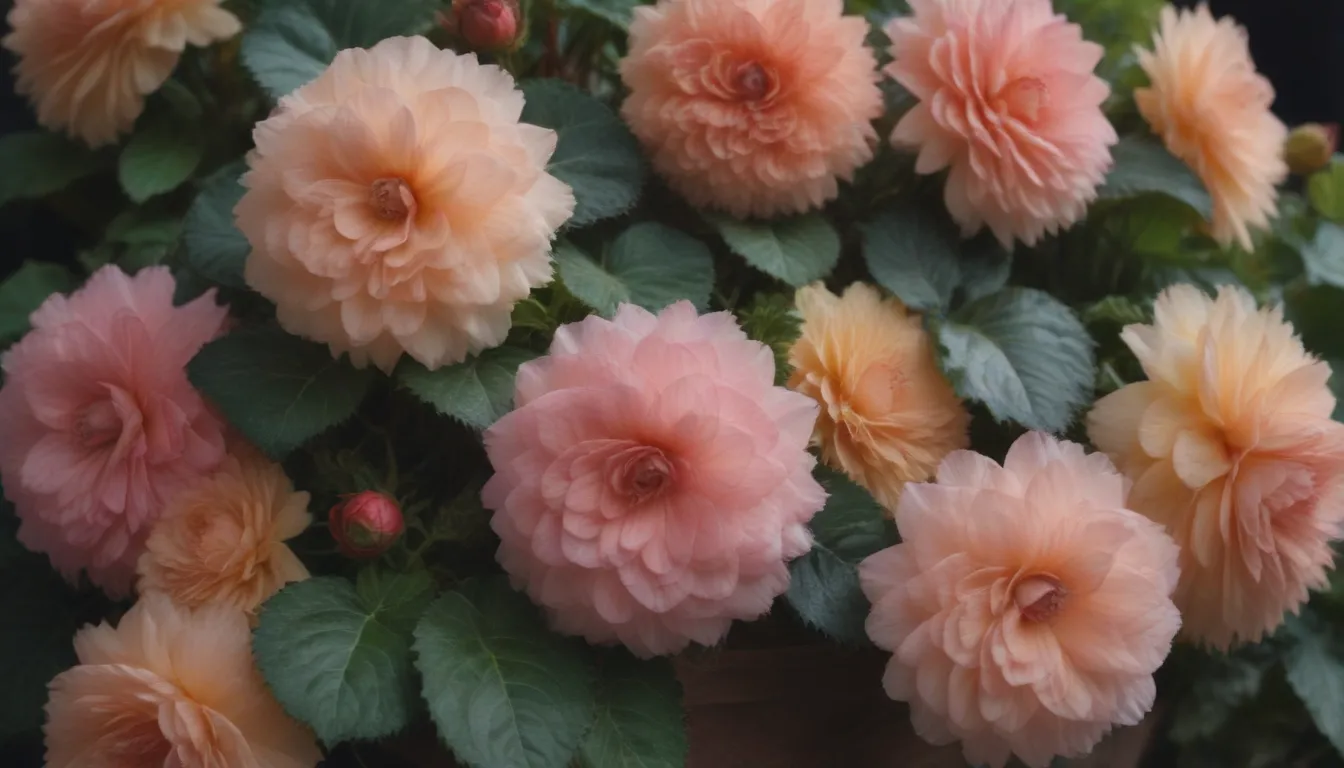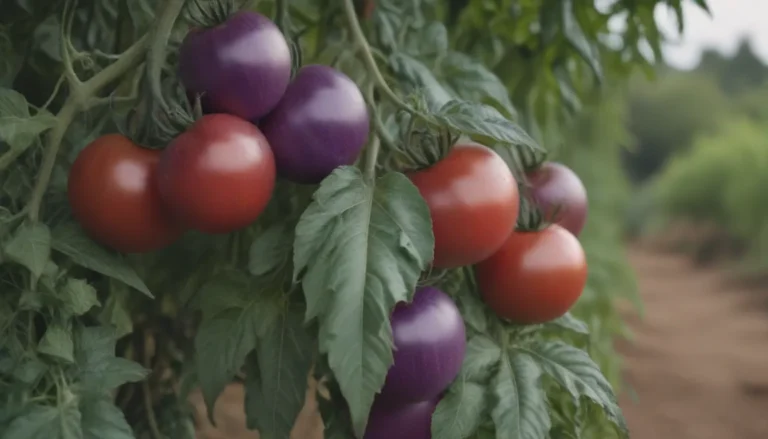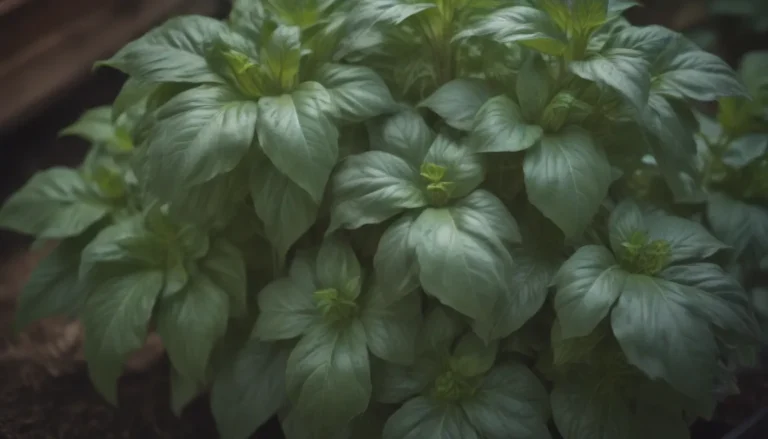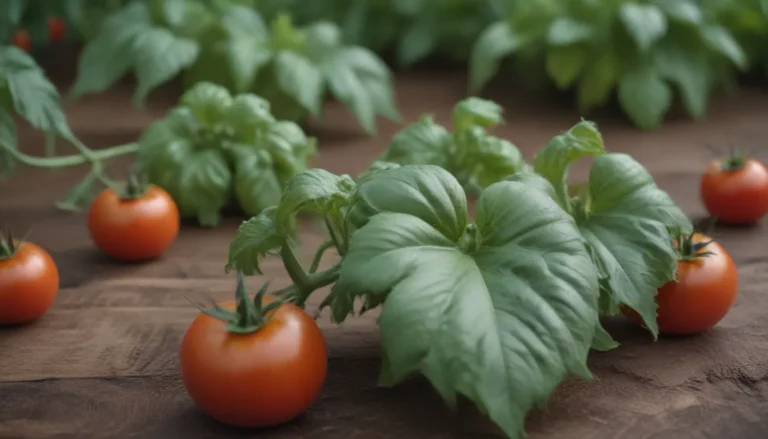The Complete Guide to Growing and Caring for Begonias

Are you looking to add some vibrant colors and lush foliage to your garden or indoor space? Begonias might just be the perfect plant for you. These beautiful plants are not only easy to care for but also provide long periods of bloom, making them a favorite among gardeners and landscapers alike. In this comprehensive guide, we will walk you through everything you need to know to successfully grow and care for begonias. Whether you are a seasoned gardener or a beginner looking to add some greenery to your home, this article is for you.
Getting to Know Begonias
Before we delve into the nitty-gritty of begonia care, let’s take a moment to appreciate these lovely plants. Did you know that the genus Begonia comprises more than 2000 different plant species? This vast variety of begonias is due to their unique ability to hybridize with each other, resulting in thousands of different species and cultivars. From tuberous to fibrous and rhizomatous, there is a begonia type for every preference and style.
Types of Begonias
- Tuberous Begonias: Known for their showy blooms, tuberous begonias are perfect for containers and hanging baskets.
- Fibrous Begonias: These begonias thrive in shade or partial shade and are great for adding a pop of color to garden beds.
- Hardy Begonias: Ideal for cooler climates, hardy begonias can withstand cool temperatures and can even survive in USDA Zones 6-9.
- Rhizomatous Begonias: With their unique foliage patterns, rhizomatous begonias are a popular choice for indoor gardens.
Now that you’ve learned a bit about the different types of begonias, let’s move on to the care requirements for these beautiful plants.
How to Care for Begonias
Taking care of begonias is relatively simple, as long as you provide them with the right growing conditions. Here are the main care requirements to keep your begonias happy and healthy:
Light
- Tuberous begonias in containers prefer partial sun, while fibrous begonias can thrive in shade or partial shade.
- Indoors, begonias do best in indirect light to prevent wilting and fading of colors.
Soil
- Use a porous, rich soil that is slightly acidic for your begonias.
- Peat-based soils with plenty of organic matter, such as leaf mold, are ideal for these plants.
- Good drainage is essential to prevent root rot.
Water
- Water your begonias thoroughly about once a week, allowing the top half inch of the soil to dry out between waterings.
- Avoid overwatering, as this can lead to root rot.
Temperature and Humidity
- Begonias prefer a consistent temperature range of 65 to 70 degrees Fahrenheit indoors.
- Maintain humidity levels just under 50% to keep your begonias healthy.
- In dry indoor environments, consider placing a saucer of water near your begonia or using a humidifier to increase humidity levels.
Fertilizer
- Choose a fertilizer based on the type of begonia you are growing.
- For rhizomatous begonias, a water-soluble fertilizer mixed to quarter or half strength can help promote blooms.
- Tuberous begonias may benefit from a 5-1-1 fertilizer applied twice a month during the blooming season.
Now that you have a good understanding of the basic care requirements for begonias, let’s explore some additional tips and tricks to help your plants thrive.
Additional Care Tips for Begonias
Pruning
- In addition to deadheading, begonias may require light pruning to remove dead or damaged stems and leaves.
Propagation
- Begonias can be propagated from leaf cuttings, rhizomes, or tubers.
Potting and Repotting
- Choose a container with good drainage for your begonias.
- Repot your begonia as needed to provide ample space for root growth.
Common Pests and Diseases
- Keep an eye out for root rot, stem rot, and powdery mildew, which can occur due to overwatering.
- Pests such as mealy bugs, spider mites, snails, and slugs can also affect begonias.
Taking these additional care tips into consideration will help ensure that your begonias remain healthy and vibrant throughout the growing season.
Troubleshooting Common Growing Problems with Begonias
Despite their relatively low maintenance nature, begonias can sometimes encounter growing issues. Here are some common problems you may encounter with your begonias and how to address them:
Flowers Wilting
- If your begonia flowers are wilting or turning brown, they may be receiving too much bright sunlight. Move them to a shadier location to prevent further damage.
Plant Not Blooming
- Lack of flowering in begonias can be due to overwatering, extreme temperatures, or insufficient light. Ensure your plant is receiving the right amount of water, light, and temperature to encourage blooming.
By addressing these common growing problems promptly, you can help your begonias thrive and continue to display their beautiful blooms.
Overwintering Your Begonias
As temperatures begin to drop below 60 degrees Fahrenheit, it’s time to bring your begonias indoors to protect them from the cold. Proper overwintering practices will help your begonias survive the winter months and emerge healthy and vibrant come spring.
Conclusion
In conclusion, begonias are a beautiful and versatile plant that can add a touch of color and elegance to any garden or indoor space. By following the care tips outlined in this guide, you can enjoy vibrant blooms and lush foliage year-round. Whether you are a beginner gardener or a seasoned plant enthusiast, begonias are a wonderful addition to any collection. Remember to provide the right growing conditions, regular care, and a little bit of love, and your begonias will reward you with endless beauty. Happy gardening!





